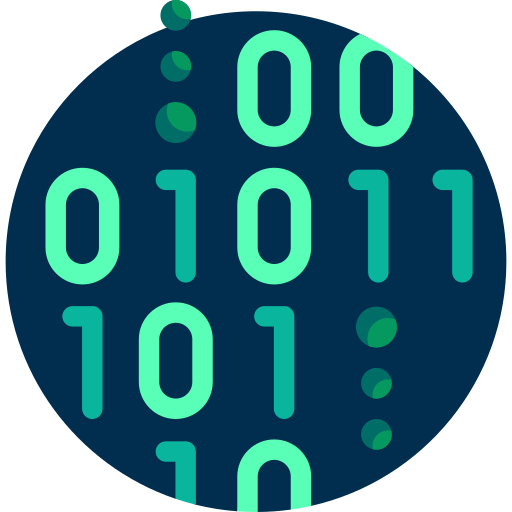In the realm of web development, HTML sanitization stands as a crucial line of defense against various security threats, including cross-site scripting (XSS) attacks and code injection vulnerabilities. By sanitizing user input and output, developers can mitigate the risk of malicious code execution and safeguard their applications from potential exploits. In this article, we explore HTML sanitization techniques, highlighting best practices for keeping your code secure and protecting your users’ data.
Understanding HTML Sanitization
HTML sanitization is the process of removing potentially harmful or malicious HTML and JavaScript code from user-generated content before rendering it in a web page. This process helps prevent XSS attacks, where attackers inject malicious scripts into web pages to steal sensitive information or hijack user sessions. By sanitizing input and output, developers can ensure that only safe and trusted content is displayed to users, reducing the risk of security breaches.
Common HTML Sanitization Techniques
- Whitelisting: Whitelisting involves allowing only known, safe HTML tags and attributes while filtering out all others. By defining a whitelist of allowed tags and attributes, developers can ensure that only authorized content is rendered, minimizing the risk of XSS vulnerabilities;
- Blacklisting: Blacklisting, on the other hand, involves identifying and removing known malicious or unsafe HTML tags and attributes from user input. While blacklisting can be effective in blocking specific attack vectors, it is inherently less secure than whitelisting due to the potential for evasion techniques and emerging threats;
- HTMLPurifier: HTMLPurifier is a popular PHP library that provides comprehensive HTML sanitization capabilities. It uses a combination of whitelisting and blacklisting techniques to remove potentially harmful HTML and ensure that only safe content is rendered. With its customizable configuration options and robust filtering capabilities, HTMLPurifier is a valuable tool for developers seeking to enhance the security of their web applications;
- Content Security Policy (CSP): Content Security Policy is a security standard that allows developers to specify which resources (such as scripts, stylesheets, and fonts) are allowed to be loaded and executed on a web page. By implementing a strict CSP policy, developers can mitigate the risk of XSS attacks by blocking the execution of inline scripts and restricting the sources from which external scripts can be loaded;
- Regular Expressions: Regular expressions can be used to detect and remove potentially malicious HTML and JavaScript code from user input. By defining patterns that match known attack vectors, developers can sanitize input effectively and prevent XSS vulnerabilities. However, it’s essential to use regular expressions carefully to avoid false positives and ensure that legitimate content is not mistakenly filtered out.

Best Practices for HTML Sanitization
- Validate Input: Always validate user input to ensure that it conforms to expected formats and content types. Use server-side validation to reject any input that contains suspicious or potentially malicious content;
- Encode Output: Encode user-generated content before rendering it in HTML context to prevent XSS attacks. Use functions like
htmlspecialchars()in PHP to encode special characters and prevent them from being interpreted as HTML markup; - Implement a Defense-in-Depth Strategy: Layer multiple security controls, such as input validation, output encoding, and HTML sanitization, to create a robust defense-in-depth strategy. By employing multiple layers of protection, you can mitigate the risk of security vulnerabilities and enhance the overall security posture of your application.
Conclusion
HTML sanitization is a critical aspect of web application security, helping developers protect their applications and users from various security threats. By implementing effective HTML sanitization techniques, such as whitelisting, blacklisting, and using tools like HTMLPurifier and Content Security Policy, developers can mitigate the risk of XSS attacks and ensure the integrity and security of their web applications. By prioritizing security and adopting best practices for HTML sanitization, developers can build more resilient and secure web applications that protect user data and maintain user trust.

